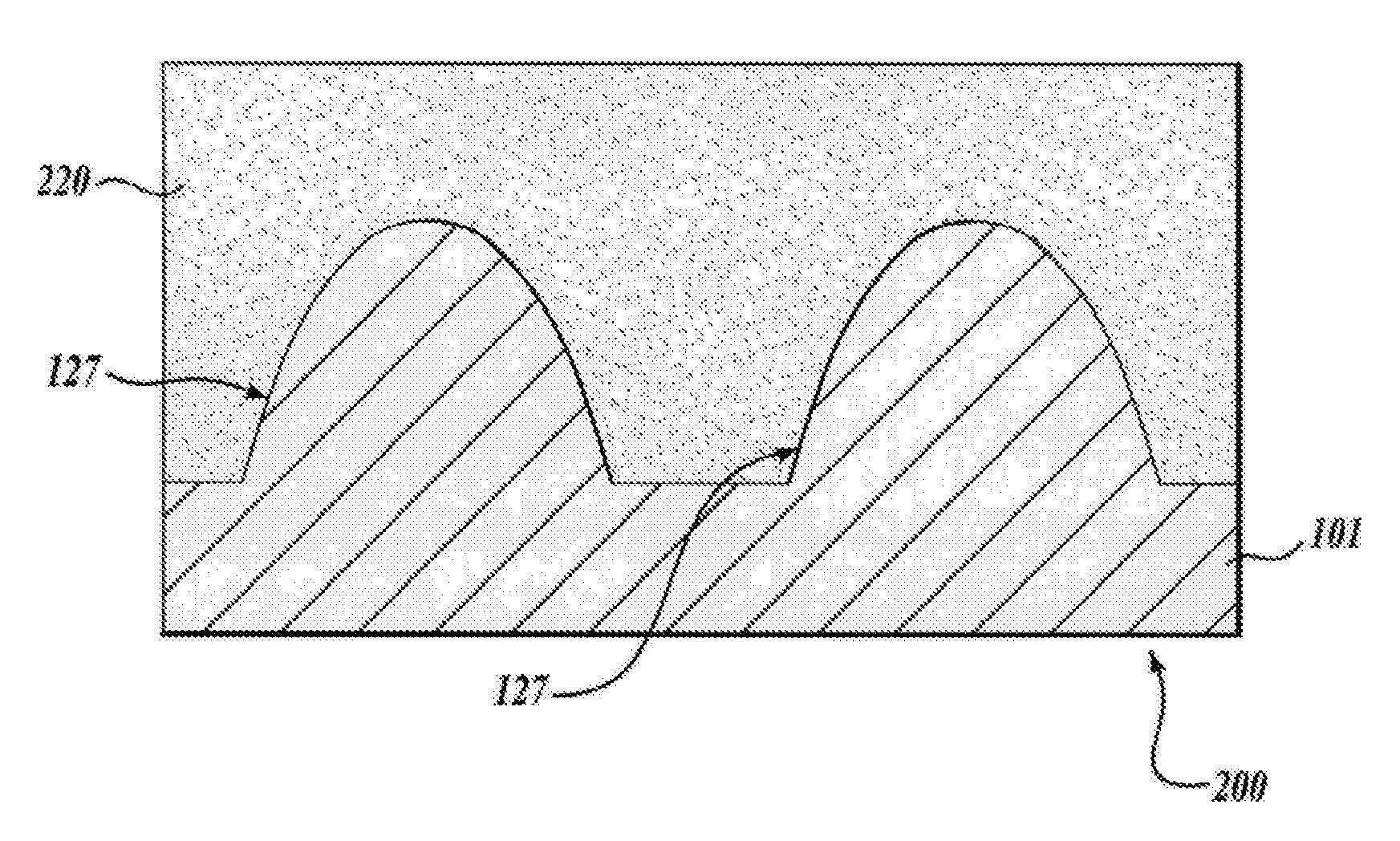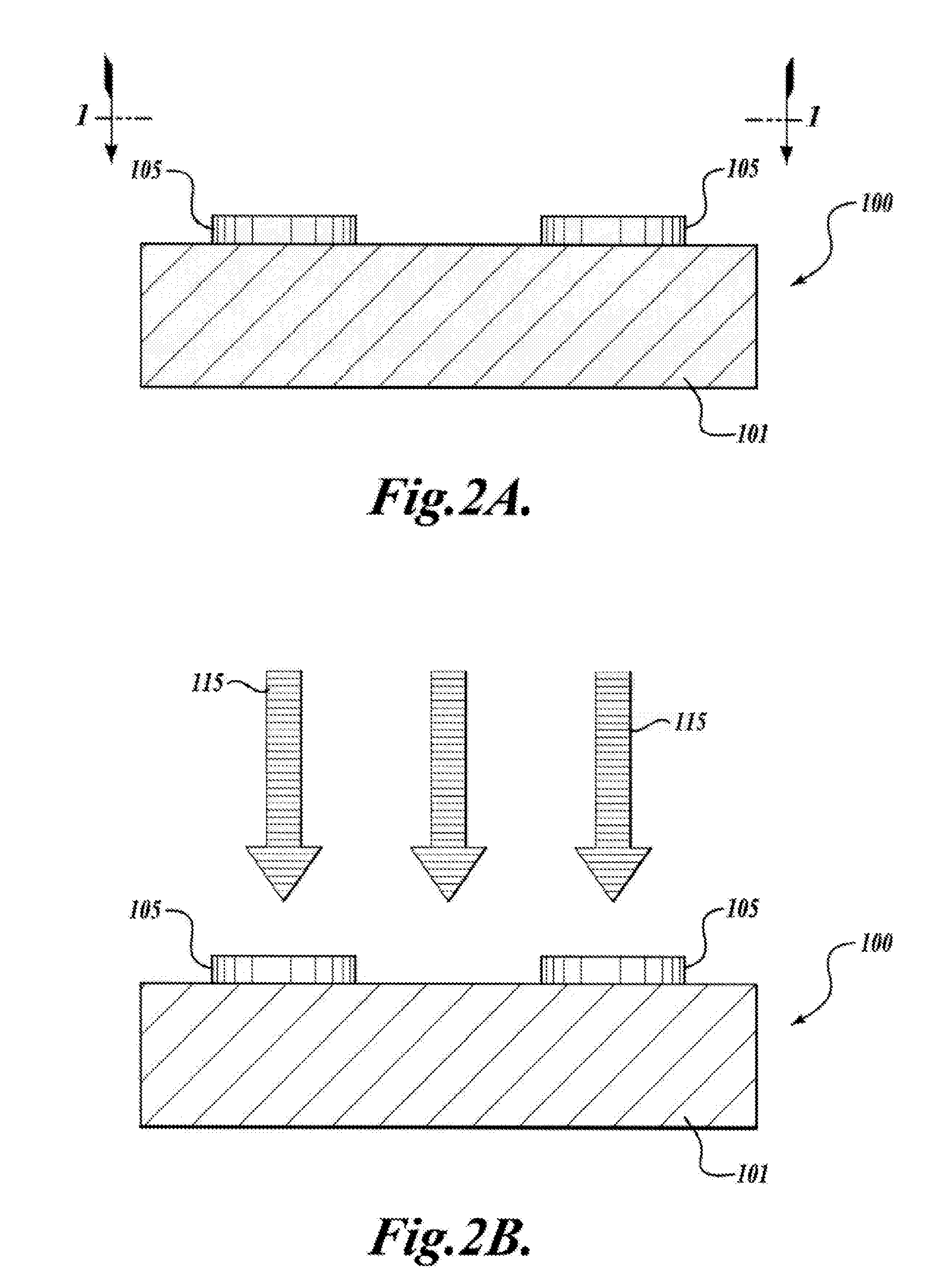Micro-optic elements and method for making the same
a technology of micro-optic elements and micro-lens arrays, applied in the field of micro-optic elements, can solve the problems of unwanted light dispersions, the known methods of producing micro-lenses and micro-lense arrays cannot effectively produce lenses with a specific profile, etc., and achieve the effect of convenient configuration
- Summary
- Abstract
- Description
- Claims
- Application Information
AI Technical Summary
Benefits of technology
Problems solved by technology
Method used
Image
Examples
Embodiment Construction
[0016]The present invention relates to micro-optic elements and a method for making the same. In one aspect of the present invention, the method for making micro-optic elements involves a reactive ion etching process having controlled process parameters, such as a predetermined photo-resist depth and etch-rate selectivity. As a result of a predetermined photo-resist depth and selectivity, one embodiment of the fabrication process forms a micro-optic element having a predetermined shape, such as an elliptical or a parabolic shape. In another embodiment of the present invention, a micro-lens having a curved cross-section is used to construct micro-mirrors—also referred to as external cavities. The resultant profile of the external cavity formed in this embodiment reduces the filamentation of a laser and promotes the single mode operation of a high-power, broad area semiconductor laser.
[0017]Referring now to FIGS. 1 and 2A, one embodiment of a fabrication process for forming a micro-op...
PUM
| Property | Measurement | Unit |
|---|---|---|
| Diameter | aaaaa | aaaaa |
| Diameter | aaaaa | aaaaa |
| Magnetic field | aaaaa | aaaaa |
Abstract
Description
Claims
Application Information
 Login to View More
Login to View More - R&D
- Intellectual Property
- Life Sciences
- Materials
- Tech Scout
- Unparalleled Data Quality
- Higher Quality Content
- 60% Fewer Hallucinations
Browse by: Latest US Patents, China's latest patents, Technical Efficacy Thesaurus, Application Domain, Technology Topic, Popular Technical Reports.
© 2025 PatSnap. All rights reserved.Legal|Privacy policy|Modern Slavery Act Transparency Statement|Sitemap|About US| Contact US: help@patsnap.com



